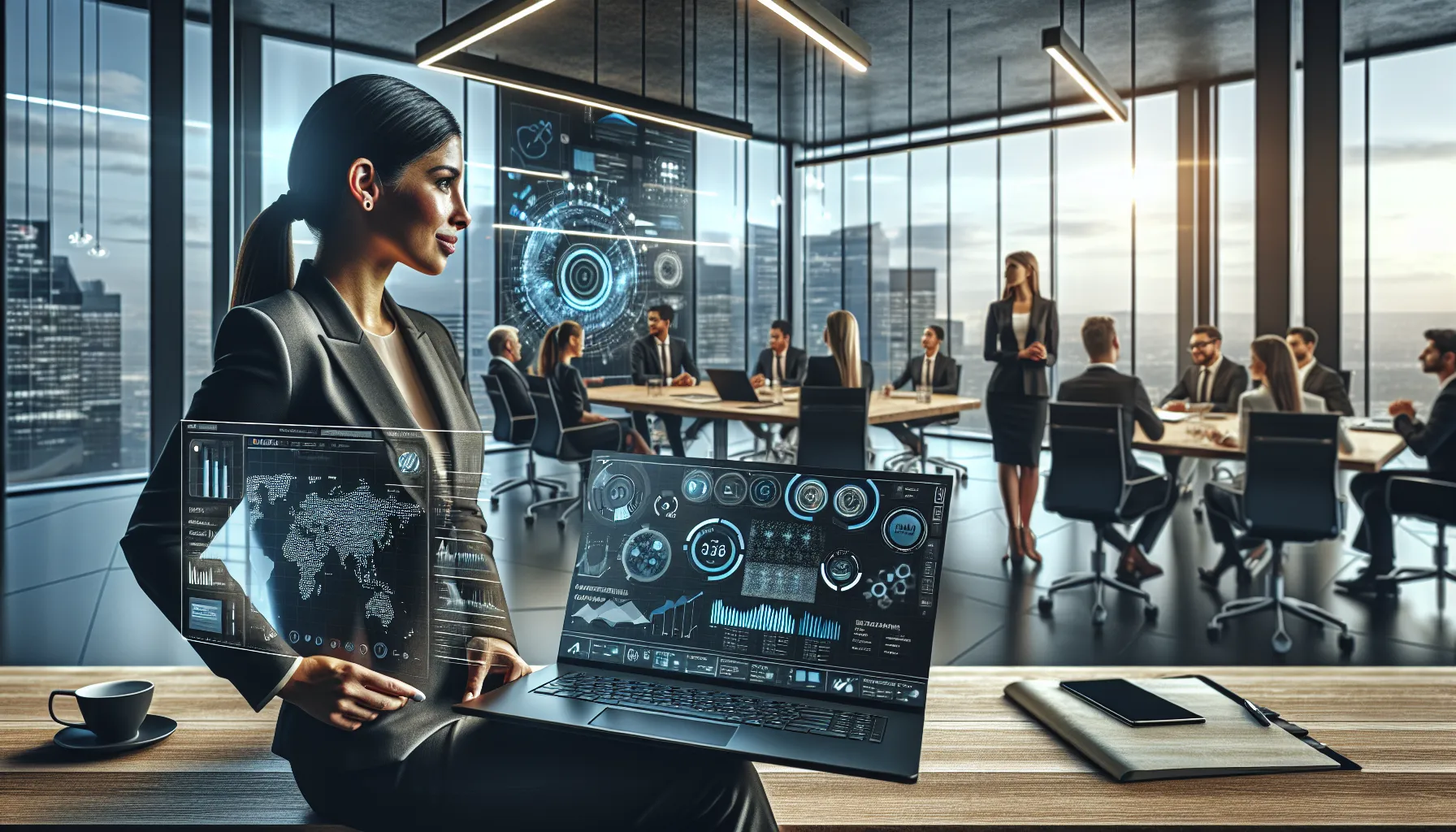Sustainable building, at the forefront of modern architecture, has hinted at huge transformations in 2024. New trends revolutionize how we construct our spaces – bringing us closer to harmony with nature and efficiency.
Innovations such as biophilic design and tech-driven methods set exciting benchmarks for green construction. Imagine smart buildings that adapt seamlessly to environmental changes while minimizing waste.
We can only wait to see what the years ahead have in store for us, but it’s the trends we see now that shape the trajectory, and perhaps the fate of our blue planet.
Scroll along as we explore these fascinating advancements in sustainable construction, and what the future holds in this ever-expanding industry.
Table of Contents
ToggleBiophilic Design – Nature in Architecture
The biophilic design integrates natural elements into built environments, fostering well-being. Think indoor gardens, natural light channels, and water features – each promoting a seamless connection to nature. This approach reduces stress and enhances creativity.
2024 sees biophilic principles embedded more deeply into urban projects. Architects incorporate living walls and rooftop gardens not just for aesthetics but for improved air quality too.
Imagine walking through an office where every corner breathes life – enhancing productivity by reconnecting us with the outdoors inside.
Tech Tools for Sustainable Planning
Technology plays a crucial role in modern sustainable construction. Advanced tools assist architects and builders, helping them execute complex plans with precision.
For instance, Building Information Modeling (BIM) allows detailed 3D visualization of projects, so professionals can easily identify potential issues before they arise.
Imagine a smart dashboard tracking energy usage or simulating environmental impacts – tech helps refine strategies efficiently. With real-time data analysis, teams can also optimize materials and processes to meet sustainability goals seamlessly.

Plus, contractors estimate software like Joist aids in the pre-planning stages by engaging input pipelines early on, ensuring high-efficiency outcomes. Such platforms streamline budgeting and resource allocation while reducing errors – making it easier for contractors to deliver on green promises without compromising quality or timelines.
Waste Reduction Technologies
Reducing construction waste remains a top priority for sustainability. Innovative technologies make significant strides in this area by transforming how materials are managed and reused.
Key advancements include:
- Modular construction, where prefabricated sections reduce on-site waste.
- 3D printing, allowing precise material use and minimizing surplus.
- Recycled materials, integrating post-consumer content into new builds.
- Smart waste management systems, tracking and optimizing disposal processes.
These methods don’t just cut down landfill contributions; they also lower costs for builders. As we progress further into 2024, expect these innovations to become standard practice across the industry – ensuring that sustainable building isn’t just an option but a norm.
Advanced Renewable Energy Systems
As opposed to the likes of gasoline and coal, renewable energy solutions are set to power the future of sustainable construction. Talk solar panels, wind turbines, and geothermal solutions, these green systems will lead the charge in reducing carbon footprint across the construction industry.

And beyond 2024, these technologies will likely evolve to become more efficient and accessible for various project scales.
Emerging innovations and advances for sustainable energy solutions are set to enhance this progress even further. Pause to think about photovoltaic glass – windows that generate electricity while providing natural light – or smart grids that optimize energy distribution based on real-time data analysis.
Integration of such systems means new constructions will increasingly operate independently from traditional power sources. This autonomy ensures buildings are not only green but also resilient against external grid disruptions – paving the way for self-sufficient communities.
Net-Zero Buildings
Net-zero buildings produce as much energy as they consume, embodying the pinnacle of sustainable construction. These structures combine energy-efficient designs with renewable power sources to achieve a balanced energy equation.
In 2024, net-zero projects will become more common, thanks to improved technology and regulatory support.
Enhanced insulation materials, smart HVAC systems, and integrated solar solutions make achieving net-zero status more feasible for residential and commercial buildings alike – turning ambitious goals into standard practice.
Circular Economy Principles
Circular economy principles focus on designing out waste and keeping materials in use. In construction, this means creating buildings with reusable components and using recycled materials wherever possible. These principles see broader adoption as industries recognize the economic and environmental benefits.
Increasingly growing momentum, prefabrication, deconstruction for material recovery, and sustainable sourcing are becoming standard practices – transforming how we think about the lifecycle of building projects. This shift helps reduce environmental impact while promoting resource efficiency.
Summing Up…
The future of sustainable building looks promising with these emerging trends. Innovations in design, technology, and materials will shape the construction landscape anew, making it greener and more efficient.
As we move forward, expect these advancements to redefine how we build and live – setting new standards for sustainability and hopefully a greener planet in the years ahead.






